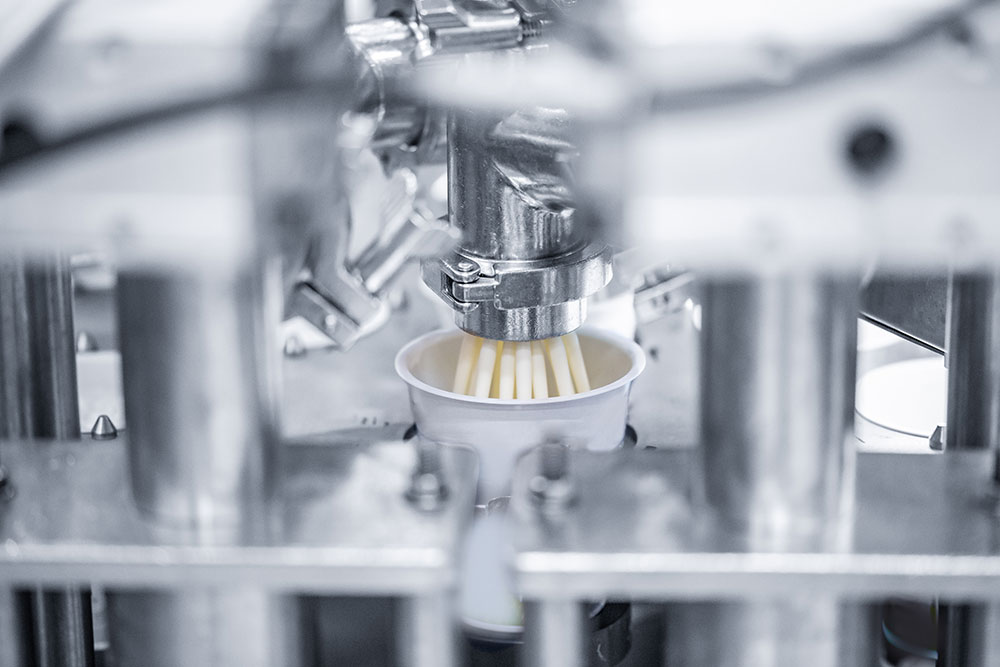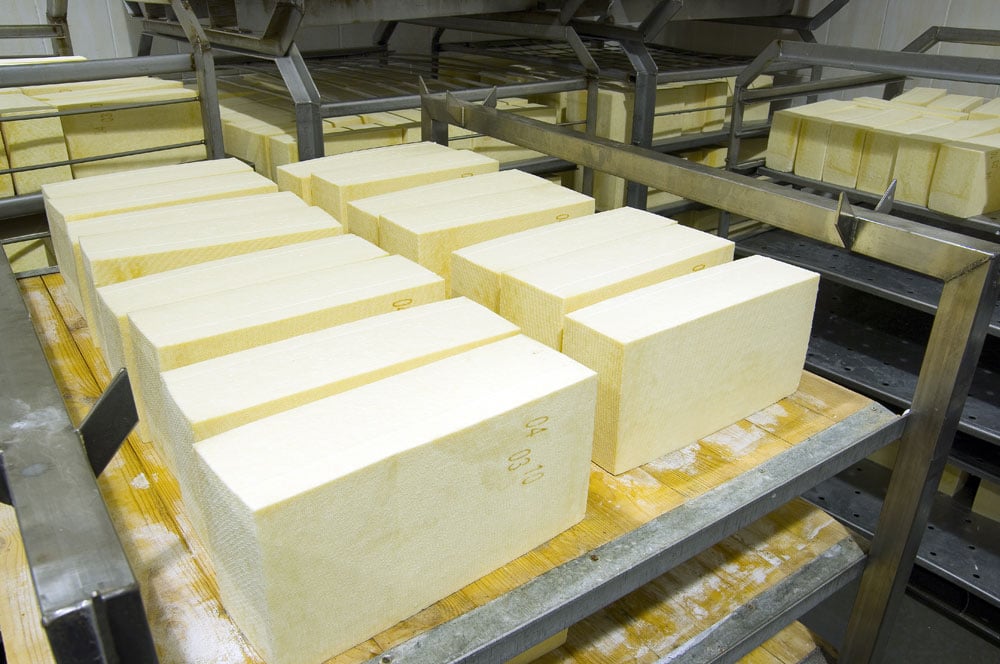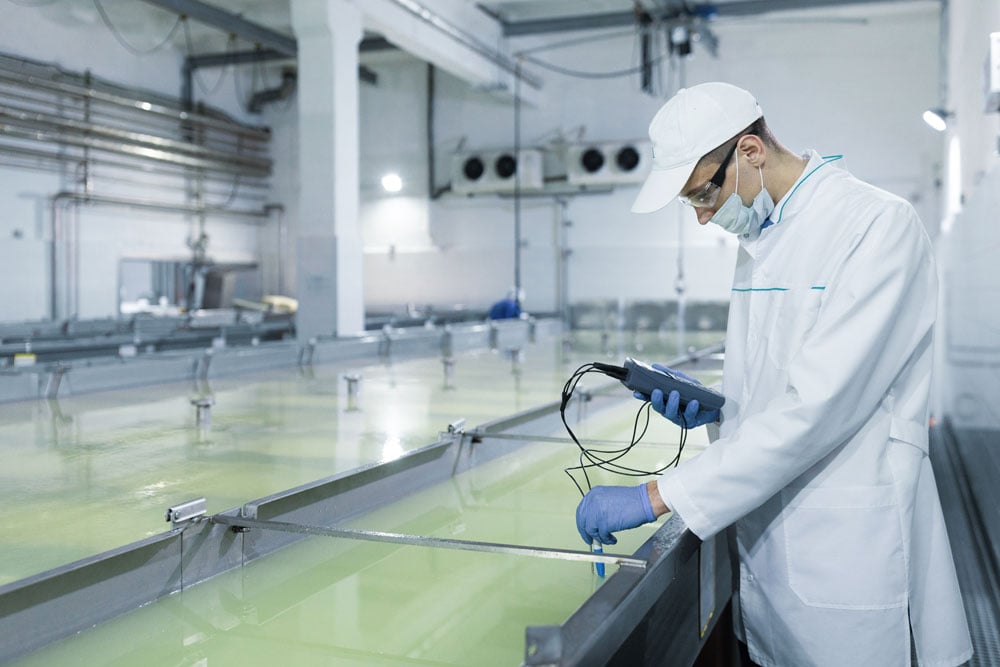Dairy plants take raw milk and pasteurize it for use in a wide range of dairy products. Like all food and beverage facilities, dairy plants fall under the regulations of the FDA and USDA. That means that they have strict requirements they must legally follow.
These requirements cover everything from how they set up the facility, the equipment they use, and how they clean, to name just a few. One requirement that is essential to any facility is a sanitary drainage system.
WHY DAIRY PLANTS NEED DRAINAGE
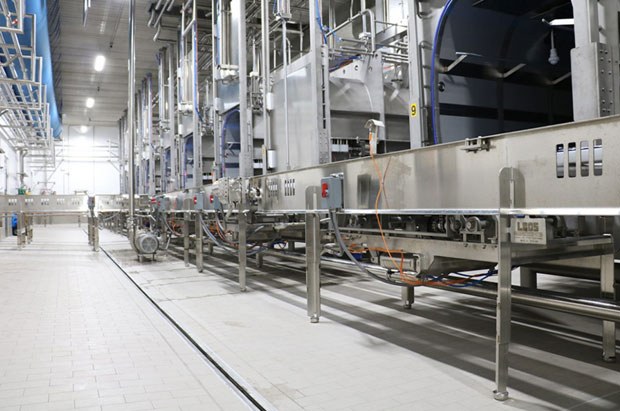
Liquid waste is a common factor in food and beverage facilities. When they are left unmanaged, they can cause countless problems: slippery surfaces, bacteria growth, odors, and, worst of all, contamination. One critical way to prevent these issues is by installing a high-quality floor drain system.
A drain system will divert any fluid waste–dirty water, dairy, or cleaning chemicals away from the ground surface and into a drain channel. This allows the floor to dry, eliminating the risk of slips and falls, and prevents bacteria and contamination from occurring.
KEY FEATURES FOR DAIRY DRAINAGE
Dairy plants can't simply install any floor drain system they find; they need to have specific features deemed acceptable by the FDA and USDA. Some of these include:
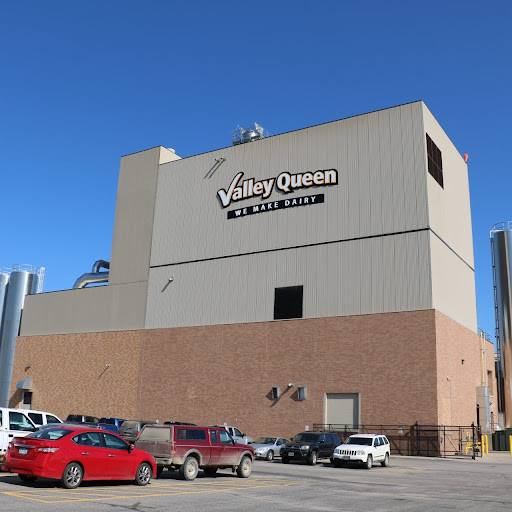
Read the full Valley Queen Cheese Factory Case study here.
TEMPERATURE-RESISTANT
Part of the process of making milk safe for consumption is pasteurization. Pasteurization involves taking very cold raw milk and slowly heating it to a high temperature of about 161ºF to kill any bacteria. A floor drain system must have the ability to withstand extreme temperatures, both high and low, without damage.
BACTERIA-RESISTANT
No matter if it is milk from cows, sheep, goats, or any other animal, it is dangerous in its unpasteurized form. Raw milk can carry a host of dangerous bacteria like Salmonella, E. coli, Listeria, Campylobacter, and more—all of which can cause severe and sometimes fatal illnesses. A dairy drainage system needs to be resistant to these bacteria; otherwise, they will cling to the drain channel and can potentially lead to contamination.
EASY TO CLEAN
There is already plenty of work to be done in dairy plants. Anything you can do to make the workload easier for your team is important. By having an easy-to-clean drain system, workers won't have to spend as much time cleaning and maintaining the system, leaving them free to focus on other areas of the facility.
LOAD-BEARING
Like all food and beverage facilities, dairy plants rely on heavy equipment to process and move products around the facility. This equipment, in turn, puts a lot of stress on the floors–and the floor drains. Any system you choose for your facility needs to have a heavy duty load class rating, capable of withstanding the weight of equipment without breaking.
CORROSION-RESISTANT
Sanitizing food and beverage facilities requires the use of many strong cleaning chemicals. While effective, these chemicals can be harsh. Whatever drain system you choose should be corrosion-resistant to withstand the effects of these chemicals.
COMPARING DRAINAGE OPTIONS
With all of these things in mind, choosing the right dairy drainage system is crucial. Trench drains are some of the most common systems that dairy plants turn to for drainage solutions, but they aren't perfect. The biggest flaw these systems have is their design; they require a grate to cover the channel and prevent tripping hazards and objects from falling in. However, these grates are cumbersome when cleaning the systems, making cleaning the system much more labor-intensive. Grates also degrade over time due to the constant traffic and exposure to harsh, corrosive materials, leading to costly replacements. The channel itself can suffer from heavy equipment and traffic, weakening it over time.
Another system sometimes used is a point drain, which collects fluid from a single point, and is placed in the area where drainage is most necessary. The point drain is connected to drainage pipes below the ground's surface, which take the water away for disposal. While effective, it requires the floor to slope on all four sides and only collects fluid in that area, which could mean some could remain behind.
THE BEST DRAINAGE SYSTEM FOR DAIRY PLANTS
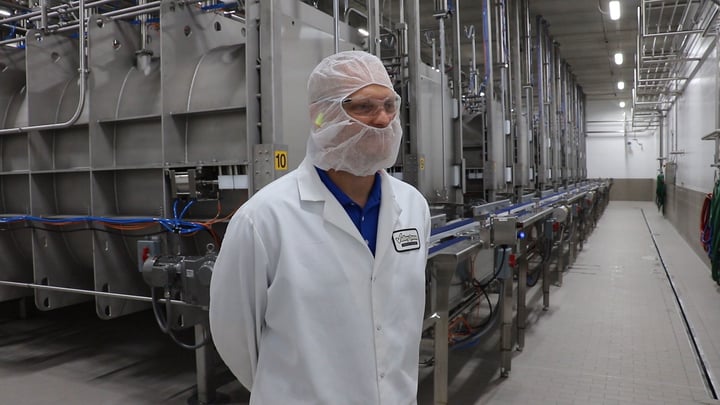
Fortunately, there are more than just point and trench drains to choose from for your facility. FoodSafe Drains has a better option.
The 10,000 Series Slot Drain is a modern answer to food and beverage drainage needs. The system features a seamless, sleek, and innovative design using NSF-certified stainless steel with no seams or grooves, leaving no way for bacteria to cling to the channel.
Unlike other systems, Slot Drain doesn't require a grate cover, further adding to the sanitary design, as it is much easier to clean. A brush and paddle can do the job easily, however, the 10,000 Series system is also compatible with a clean-in-place (CIP) system, making the whole process very easy.
Stainless steel also has the benefit of withstanding various temperatures, allowing it to function as dairy drainage safely. The system also features a heavy-duty load class rating, allowing it to handle the heavy traffic and machinery within the facility with ease.
CHOOSE YOUR DRAINAGE CAREFULLY
Dairy drainage is nothing to overlook; you want, and need, the best to ensure that your facility is safe, clean, and sanitary. FoodSafe Drains' 10,000 Series Slot Drain accomplishes all these things, all within a sleek, modern design. This drain system meets all government standards, making it the perfect option.
Contact a FoodSafe Drains drainage expert today to learn more.
